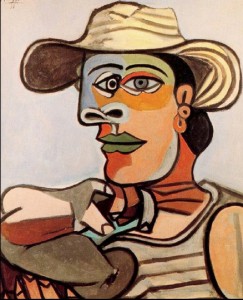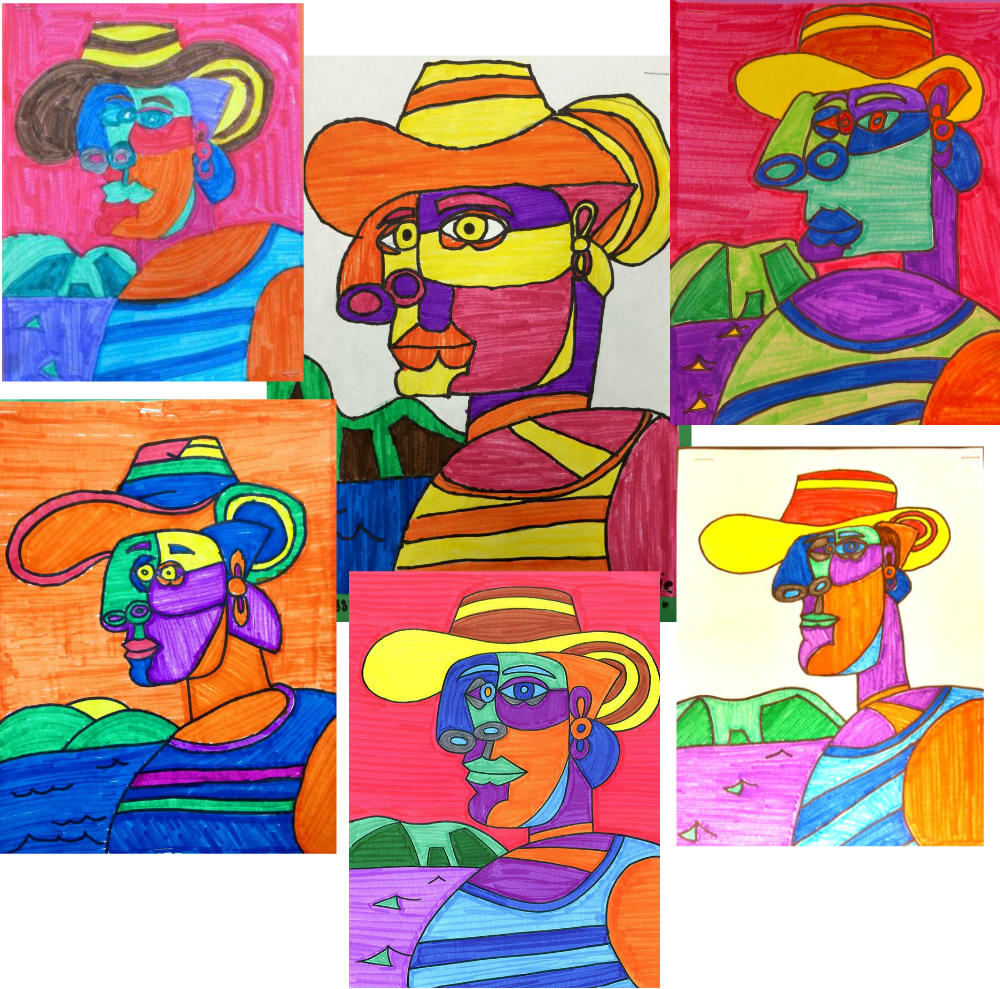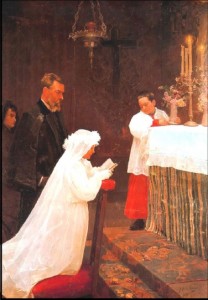Your Child Can Be Picasso Too.
 This spring Young Rembrandts students learned about the artist Pablo Picasso (1881 – 1973) and completed a colorful rendition of his Sailor painting, an abstract portrait of a man, full of color and pattern. And while the kids enjoyed doing such an impressive and challenging piece of art, we loved introducing them to Picasso, one of the most influential artists of the 20th century.
This spring Young Rembrandts students learned about the artist Pablo Picasso (1881 – 1973) and completed a colorful rendition of his Sailor painting, an abstract portrait of a man, full of color and pattern. And while the kids enjoyed doing such an impressive and challenging piece of art, we loved introducing them to Picasso, one of the most influential artists of the 20th century.
Most people think of Picasso as the guy who painted anything and everything and drew like a child. And while he did help birth modern art as we know it today, what many people forget is that Picasso was first a master of realistic painting. As a child, Picasso took art classes with his father, an artist, curator and instructor. He learned the fundamentals of drawing and his ability to paint realistically in his early teen years was remarkable. After his early years of training and mastering in the fundamentals, Picasso branched out and created art that explored different elements of art – line, form, color and dimension. This is the art he is best known for, his abstract art.
Picasso’s career and life as an artist profoundly influenced the way we think about art and art education. As ‘real’ art became more abstract, it seemed like anybody could do art, which is good – but at the same time it undermined the need for teaching children the ‘how to’ of art. But kids need art. They need paint and clay, time and materials that allow them to explore, play, explore, share and invent. But they also need to learn the ‘how to’ of art. They need to learn how to draw a face, a car, a dog a picture of themselves or their family. They need the kind of instruction that teaches them the technical skills, so when they get to their paper, paint and pencils – they can draw, paint and make whatever comes to mind – without the shame or frustration that comes with not knowing how.
All kids have a desire to express themselves and are drawn to make, see and do. But they need information, training and systematic skill development to gain competency. They need art class. In every other kind of art, such as music, dance and theater, there is a predetermined, systematic method of training. It is expected that with practice and repetition students will gain a level of mastery that leads to freedom of expression and creativity.
“Art training requires the same structure, time, discipline and planned skill acquisition as math, science and reading.” – Being Visual

In the elementary classroom, there is very little time devoted to teaching art. Budgets are strained, and the arts are not highly valued in our test-focused education system. What little time there is for art instruction has to cover a vast array of media experiences, large numbers of students with minimal staff, often without appropriate budgets and classroom space. Without art class, the majority of young children will stop doing art. They stop drawing. They stop making. They stop enjoying. They remove themselves from all the benefits that participating in the arts can provide. And worst of all, they blame themselves. They stopped doing art because they thought they weren’t good at it, when in reality they didn’t get the instruction they needed.
Art is not for the select few, just as reading and writing are no longer for the elite. With the majority of students relying on their visual skills to think and learn and literacy skills requiring visual mastery, this has become even more critical. All children need training in the visual arts.











